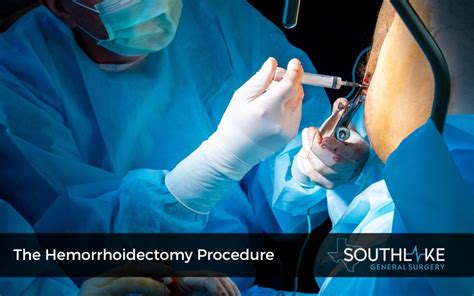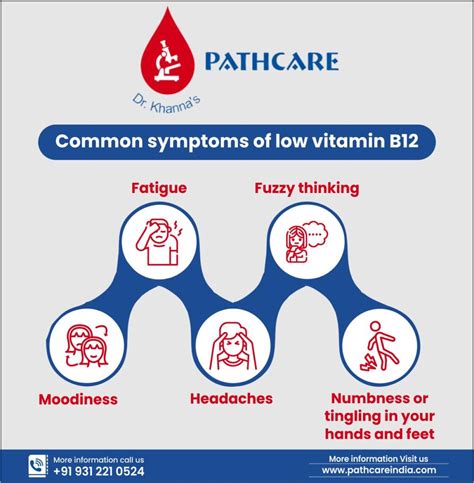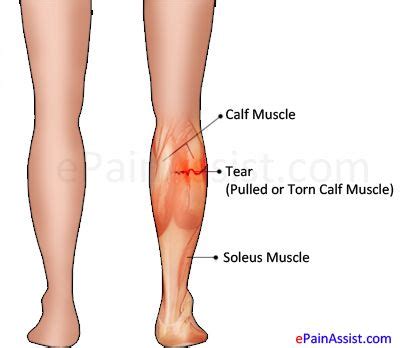The discomfort and pain associated with hemorrhoids can significantly impact an individual’s quality of life, making everyday activities a challenge. Hemorrhoids are swollen veins in the lowest part of the rectum or anus, and they can be internal or external, depending on their location. While they can often be treated with lifestyle changes, over-the-counter medications, and dietary adjustments, in some cases, removal of the hemorrhoids through a medical procedure may be necessary for lasting relief.
Understanding Hemorrhoids
Before diving into the removal process, it’s essential to understand the causes and symptoms of hemorrhoids. They are often caused by straining during bowel movements, sitting for long periods, or having a family history of hemorrhoids. Symptoms can include itching, pain, swelling, and, in some cases, bleeding during bowel movements. The severity of these symptoms can vary greatly among individuals, with some experiencing mild discomfort and others facing significant pain.
Preparing for Hemorrhoid Removal
The decision to undergo a hemorrhoid removal procedure, also known as hemorrhoidectomy, should be made after consulting with a healthcare provider. This professional can assess the severity of the hemorrhoids and discuss the best treatment options. Preparation for the procedure typically includes discussing any medications you’re currently taking, especially those that might affect blood clotting, and following specific dietary advice to ensure a smooth procedure.
Types of Hemorrhoid Removal Procedures
There are several procedures for removing hemorrhoids, each with its own benefits and considerations:
- Hemorrhoidectomy: This is a surgical procedure where the hemorrhoids are removed. It can be performed under local anesthesia with sedation or general anesthesia, depending on the case’s complexity and the patient’s preference.
- Rubber Band Ligation: This procedure involves using a special device to place a rubber band around the base of the hemorrhoid. The band cuts off the blood supply, causing the hemorrhoid to wither and fall off within a week. This method is typically used for smaller hemorrhoids.
- Sclerotherapy: In this procedure, a solution is injected into the hemorrhoid to shrink it. It’s generally used for smaller, internal hemorrhoids.
- Laser or Infrared Coagulation: These methods use heat to shrink the hemorrhoid by cutting off its blood supply.
What to Expect After the Procedure
Recovery from a hemorrhoid removal procedure varies depending on the type of surgery performed. Patients typically experience some pain, which can be managed with medication. It’s crucial to follow the healthcare provider’s instructions regarding pain management, bathing, and physical activity. Dietary changes, such as maintaining a high-fiber diet and staying hydrated, can help in the healing process and prevent future occurrences.
Minimizing Pain During the Procedure
The perception of pain can vary significantly among individuals. Modern medical practices offer various methods to minimize discomfort during and after the procedure. Local anesthesia, sedation, or in some cases, general anesthesia, can be used to ensure that the patient does not feel pain during the surgery. Post-operative pain management strategies are also discussed and implemented to provide relief.
Long-Term Relief and Prevention
While hemorrhoid removal procedures can offer significant relief, preventing future occurrences is also important. Lifestyle adjustments play a crucial role in this regard. Eating a diet rich in fiber, staying well-hydrated, avoiding sitting for long periods, practicing good bowel habits (such as going to the bathroom when you feel the urge rather than delaying), and exercising regularly can help reduce the risk of developing new hemorrhoids.
Conclusion
Removing hemorrhoids through a medical procedure can be an effective way to find lasting relief from the discomfort and pain they cause. With various procedures available, each with its specific indications and benefits, consulting with a healthcare professional is crucial to determine the best course of treatment. By understanding the causes, symptoms, and treatment options for hemorrhoids, individuals can make informed decisions about their health and take proactive steps towards prevention and long-term relief.
FAQ Section
How long does it take to recover from a hemorrhoidectomy?
+Recovery time can vary, but most people can return to their normal activities within a week or two after the procedure. Full recovery and the return of all bodily functions may take a few weeks.
Are hemorrhoid removal procedures always necessary?
+No, they are not always necessary. Many cases of hemorrhoids can be managed with lifestyle changes, dietary adjustments, and over-the-counter medications. However, for severe cases or when other treatments have not provided relief, removal may be recommended.
In conclusion, while hemorrhoids can be a challenging condition to deal with, there are effective treatments available, including removal procedures that can offer lasting relief. By combining these medical interventions with preventative measures, individuals can significantly reduce the impact of hemorrhoids on their daily lives.



